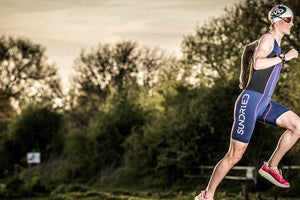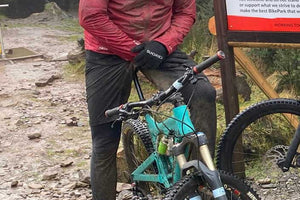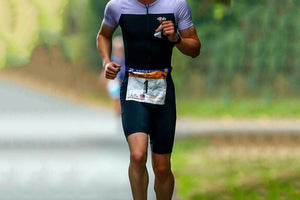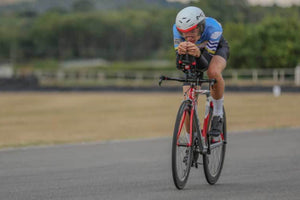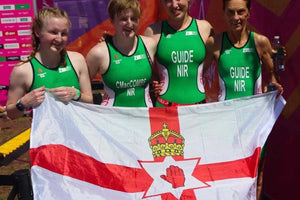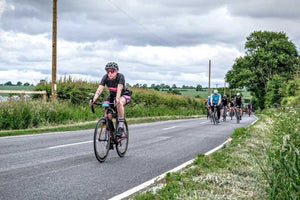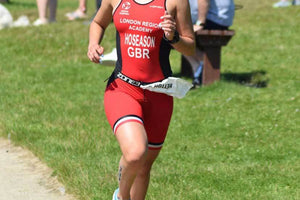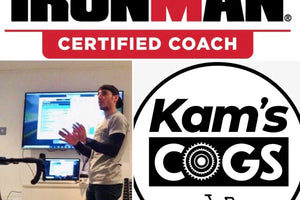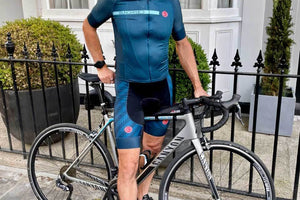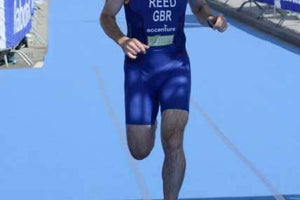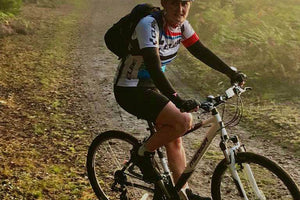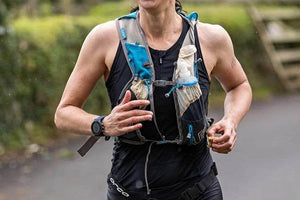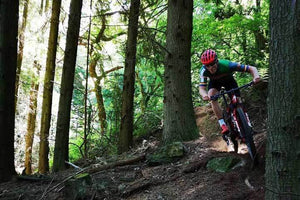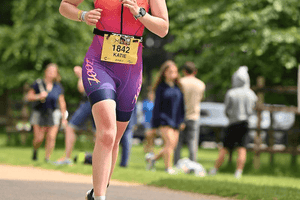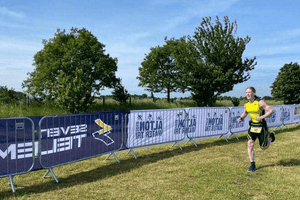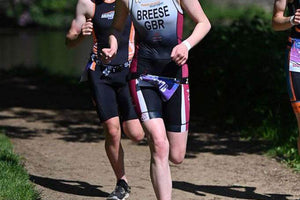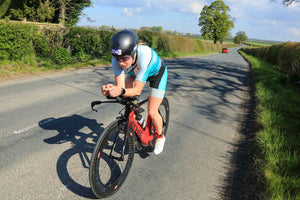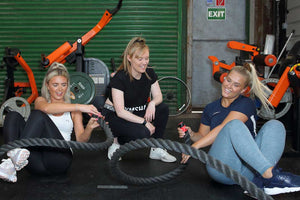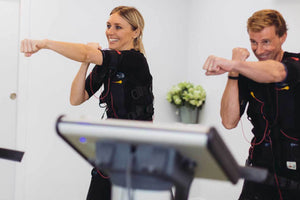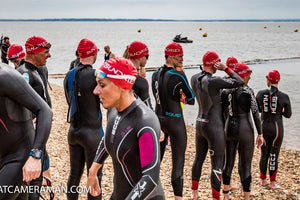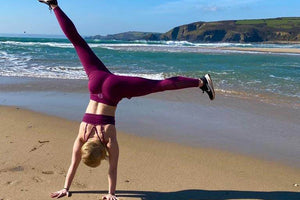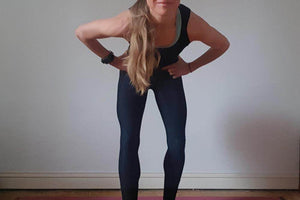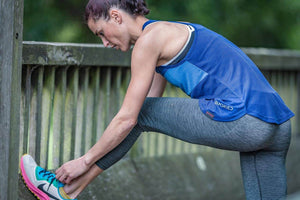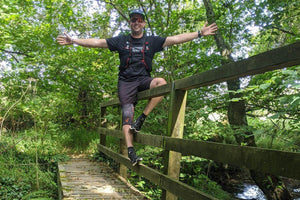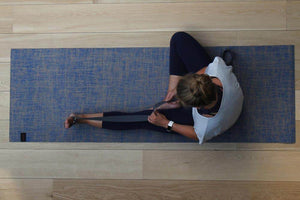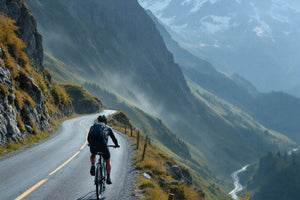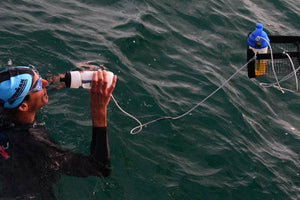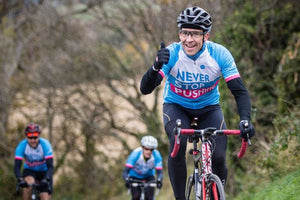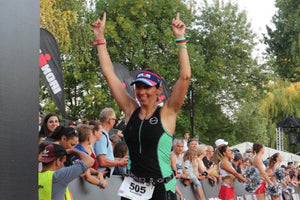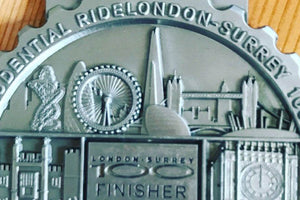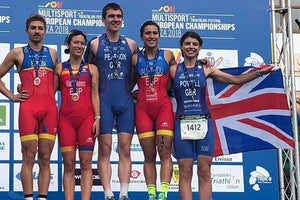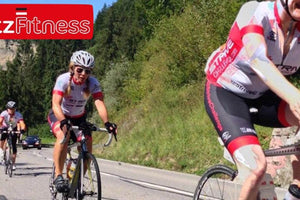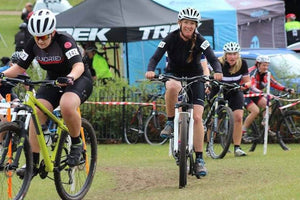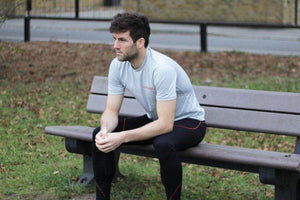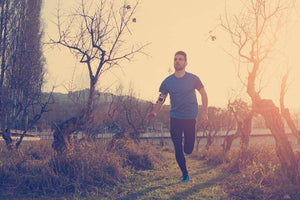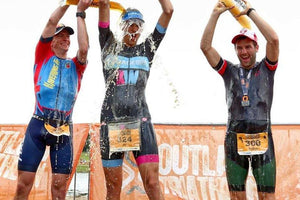
If you've decided to take the plunge into cycling or triathlon, you'll need to invest in a road bike. The world of cycling and bikes can be daunting and confusing, so our friends at Cycles UK have written this informative article detailing everything you need to know when buying your first road bike, from which bike to choose to brakes, gears, and even the fit.
Triathlon bike, TT bike, or road bike?
This is the question you may find yourself asking if you are looking to take part in a triathlon. You can spend thousands and thousands of pounds on a specialist triathlon bike, but if you are just starting out you are better off putting your money into a standard road bike.
Triathlon bikes put you in a super aerodynamic position so that you can be as fast and efficient and possible. However, there can be problems with this. The problems with this are:
- The aero position is not very stable and these bikes are hard to handle and to get around corners safely. You will also have very poor visibility of what’s going on around you when riding in traffic and it will be hard to reach the brakes. This is all fine on a closed road circuit for a race, but not great on your weekend training ride.
- The aero position on specialist triathlon bikes can be pretty uncomfortable. This is fine for an hour or two for a race, but not if you are doing several long training rides per week.
- Most cycling clubs won’t let you take part in group rides on a triathlon bike as they are difficult to ride safely in groups.
Due to these reasons, most triathletes will do the bulk of their training on a standard road bike.

A specialist triathlon bike being ridden in the 'aero' position on tri bars.
Picking a road bike
There are increasingly two types of road bike available. These are ‘road race’ and ‘new road’ bikes. Different manufacturers use different terminology so you may also see ‘new road’ bikes being described as ‘all road’ or ‘endurance’ bikes.
‘Road race’ bikes are designed to be as light and fast as possible on the road. They will come with thinner tyres, lighter frames, and a more aggressive riding position.
‘New road’ or endurance bikes are designed to be comfortable over longer rides and to handle the odd bit of rough cycle path. They will have a more relaxed and comfortable riding position, wider tyres, and will generally be slightly heavier. They will also often come with wider range gearing to make it easier to get up hills.
So, if you are interested in getting a good time on your first triathlon then a road race bike will be better. If you also plan on using the bike for commuting and more general riding then a new road type bike might be worth a look, as long as you are happy to miss out on some top end speed.
Carbon vs Aluminium
While you can still buy steel and titanium road bikes, the vast majority of bikes on the market now use either a carbon fibre frame or an aluminium frame. Almost all bikes below £1200 will have an aluminium frame. Above that price you will start to see carbon frame bikes coming in.
Carbon frames can be made to be lighter than aluminium ones (although there are some super light aluminium frames out there) and with road bikes, lighter means faster. Carbon frames will also feel different.
Aluminium frames are super stiff which means that you get great power transfer through the frame. They accelerate fast and will feel very responsive when cornering. Carbon frames will still be super stiff but they do a better job at soaking up vibrations from the road so you get a smoother feeling ride. Some people describe it as like riding on air. As the carbon soaks up vibrations, your muscles are not having to do it and you will experience less fatigue.
Having said that, a high end, well-made aluminium bike will often ride better than a low end poorly-made carbon one. So, it’s about looking at what is available in your price bracket and test riding as many bikes as you can.

Road Bike Gears
The most common type of gears on road bikes are made by Shimano. You may also see gears by Campagnolo and SRAM. They all fundamentally work in the same way. The current standard is 11 speed, which means 11 gears on the back and then normally two chain rings on the front to give you a total of 22 gears. On cheaper road bikes, you may find 9 or 10 speed gears (giving you 18 or 20 total).
Shimano have different levels of gears. From bottom to top they are:
- Shimano Sora – entry level road bike gears which give decent, reliable performance.
- Shimano Tiagra – slightly nicer, smoother shifting and lighter than Sora.
- Shimano 105 – ultra reliable workhorse gears that will last for ages and switch smoothly.
- Shimano Ultegra – top end performance, light, smooth shifting with sensible pricing.
- Shimano Dura-Ace – used by professional riders and found on the most expensive bikes with the latest and best technology.
As you start looking at bikes you will generally find that all models at similar price points use similar gears. Below about £800 it will be Shimano Sora, between £800 and £1000 most bikes will have Shimano Tiagra and so on.
Top Tip: Gears on bikes will wear out and need replacing at some point. When this happens, you can upgrade to the next level. The part of the bike you can’t change is the frame. So always go for the bike with the best frame rather than getting sucked into buying on the gears.
Road Bike Brakes
Disc brakes are increasingly common on road bikes and they are now allowed in races. Disc brakes are likely to be the standard on road bikes in the next few years.
On the very top end bikes, disc brakes will not add any extra weight to your bike but they will on cheaper bikes. Disc brakes will give you greater stopping power in the wet so that makes them ideal for riding in the UK. However, disc brake bikes are more expensive and for most people will be heavier (which means slower).
The Fit
The single most important aspect of buying a road bike is getting one that fits. If the bike is too big or too small you won’t be able to get the power down efficiently and you will find the bike hard to control. Even if you get the right sized bike, having the saddle at the wrong height, or the handlebars at the wrong angle can result in a lot of pain and can lead to injuries. It is super important that you get a bike that really fits you properly, especially as you will be doing a lot of training miles in the run-up to your triathlon.
The best way to get a bike that fits properly is to visit a good bike shop. They will be able to sit you on different bikes and work out which ones fit you best. They will also be able to adjust the bike to your individual measurements to make it as comfortable and efficient as possible.



